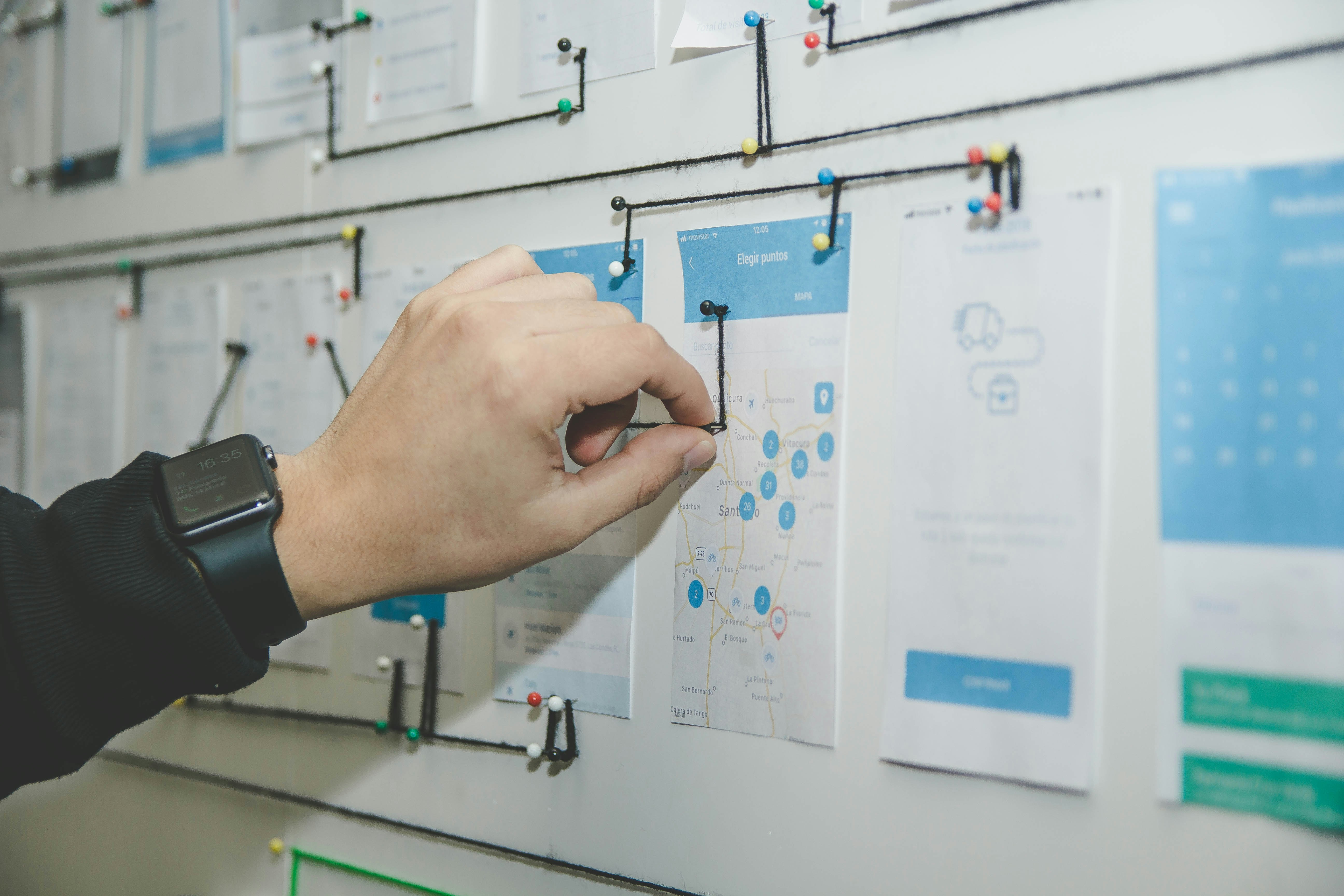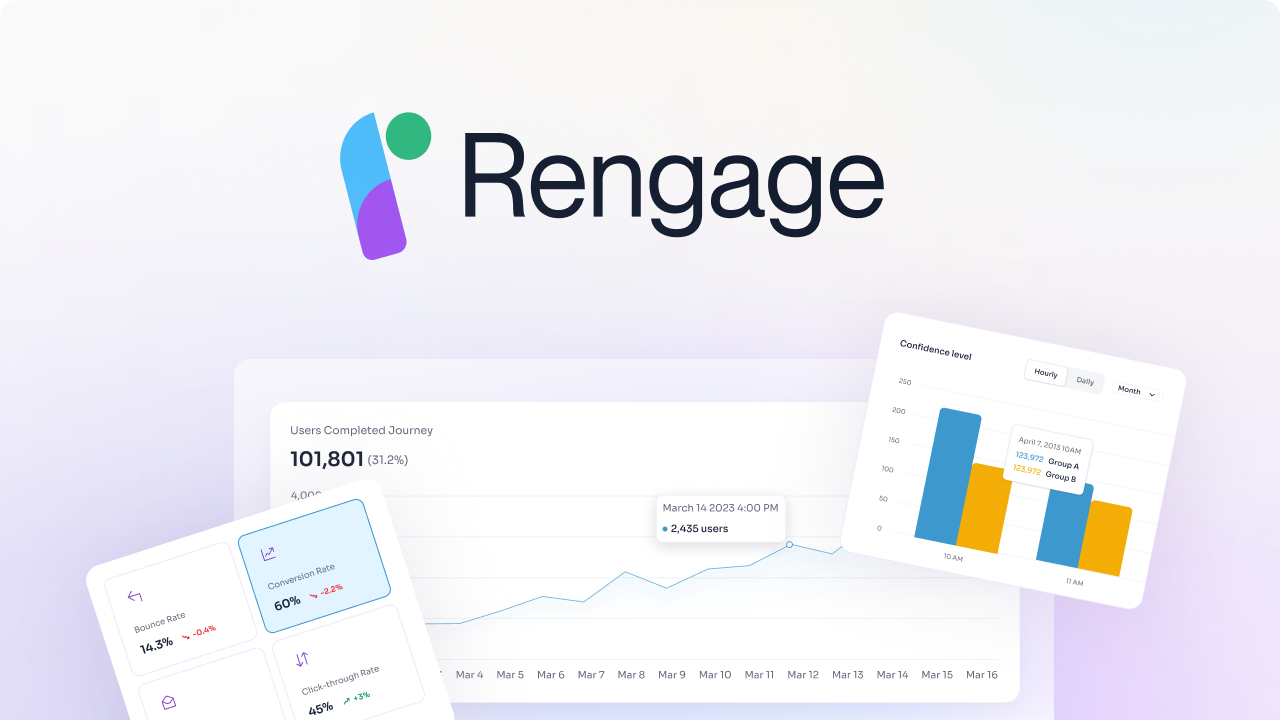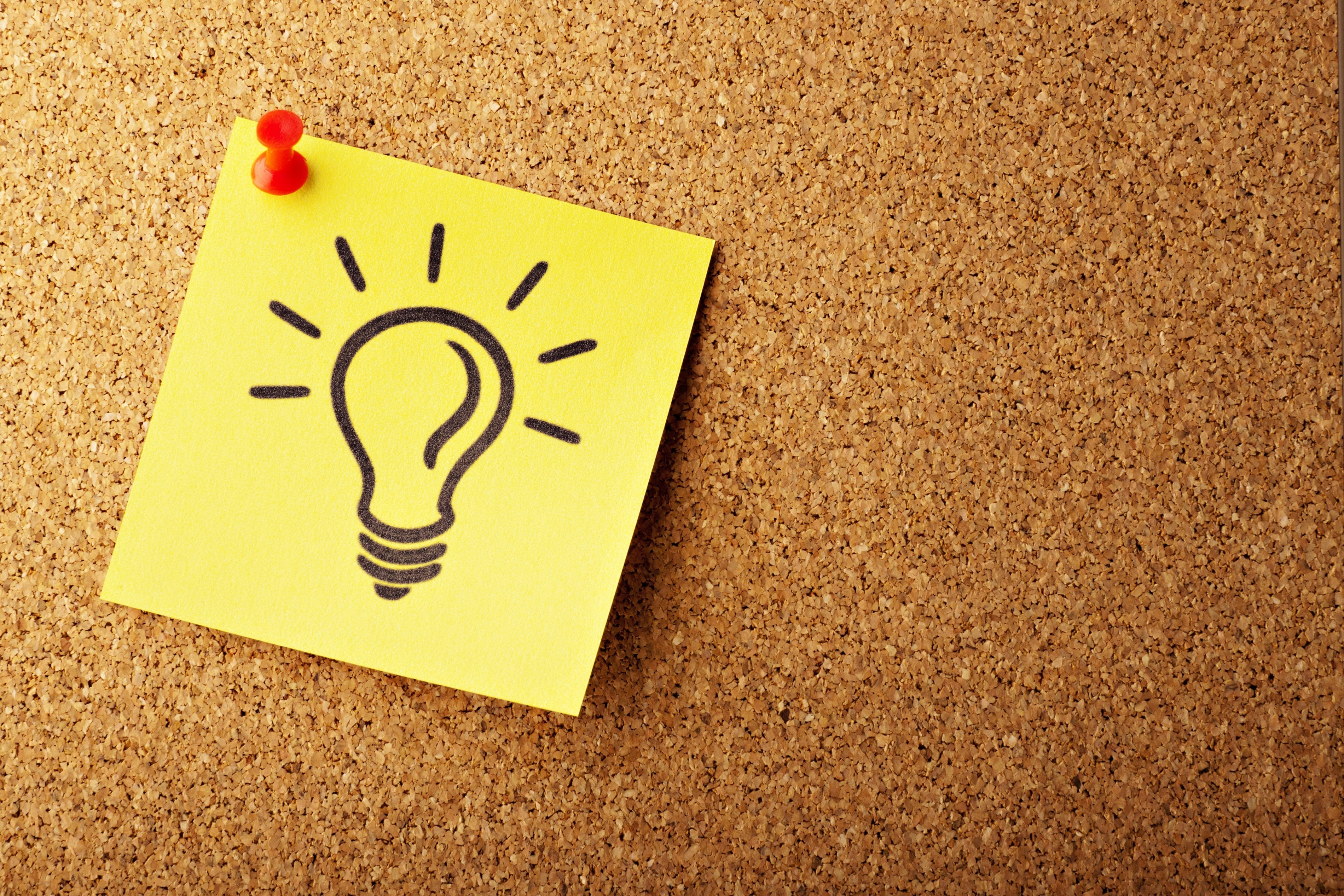Customer journey orchestration and customer lifecycle management are essential for businesses looking to streamline their marketing efforts and improve the overall customer experience. By effectively managing the customer lifecycle, brands can deliver personalized messaging, increase engagement, and drive conversions. In this blog, you will learn the steps to transform your approach to customer journey orchestration and take your customer experience to new heights.
What Is Customer Journey Orchestration?

Customer journey orchestration is a strategy for optimizing the customer experience by leveraging real-time insights into their behaviors. It’s an approach that enhances traditional customer journey analytics by taking targeted actions to personalize journeys as they occur – in real-time and at scale.
To make things more personalized, journey orchestration replaces the conventional method of using customer segments or personas with real-time, dynamic personalization based on customer behaviors and actions.
Why Customer Journey Orchestration Matters for Business?
Journey orchestration helps businesses act as the conductor of an orchestra, optimizing each customer’s journey using real-time insights on a more proactive level than simply sending data and insights to marketing or sales departments. Instead, it’s a strategy for building a more holistic approach to customer journey management – and providing actionable data across the organization.
The ultimate goal of journey orchestration is to create individual customer experiences that align perfectly with each customer’s specific needs. And for businesses, that often results in an enhanced conversion rate, a reduced cost-to-serve, and improved customer satisfaction.
The Role of Customer Journey Orchestration in Enhancing Customer Experience and ### Business Processes
A sophisticated customer journey orchestration program coordinates the management and automation of touchpoints, interactions, and processes a customer encounters across various channels with a brand over time. By understanding and actively managing the customer journey, businesses can guide potential customers through the sales funnel more effectively, addressing pain points and capitalising on opportunities, thus leading to higher conversion rates.
Related Reading
5 Key Components of Customer Journey Orchestration

1. Data Integration and Analysis: Unifying Customer Insights
Data integration is essential in customer journey orchestration. It involves collecting data from various sources like CRM systems, social media, website interactions, and transaction history. By analyzing this data, you can understand customer preferences, behaviors, and needs. Utilizing these insights helps create personalized experiences for customers.
2. Segmentation and Persona Mapping: Targeting the Right Audience
Segmenting customers is crucial. It categorizes them based on shared traits, behaviors, and preferences. Persona mapping delves deeper, creating detailed profiles for these customer groups. Such profiles include demographic information, motivations, pain points, and how they want to be communicated with. By tailoring interactions to specific customer segments using these personas, you can provide a more personalized experience.
3. Omnichannel Experience: Connecting Across Channels
Omnichannel experience ensures that all communication channels and touchpoints, such as email, social media, mobile apps, websites, customer support, and physical stores, are well connected. This practice guarantees a consistent customer experience, regardless of how they choose to engage with your brand.
4. Automation and Personalization: Enhancing Customer Interaction
Automation is pivotal in delivering timely and relevant interactions. By setting up automated workflows and triggers to respond to specific customer touchpoints, such as abandoned carts or completed purchases, you streamline customer interactions. Personalizing content, messages, and offers based on individual preferences and previous interactions is also vital.
5. Content Management: Ensuring Consistent Messaging
Effective content management guarantees a consistent message and experience throughout the customer journey. Consistency is key in customer journey orchestration, as it builds trust and familiarity with your brand.
3 Steps to Implement an Effective Customer Journey Orchestration

Step One: Collect the Right Data
Data is the fuel you need to craft a great customer journey, so collecting it correctly is incredibly important. A consistent customer experience across channels, appropriate product recommendations, tailored communications — they all rely on data.
And there are a lot of sources, types, and data sets you need to tap into to get the data you need, including:
Events
Behavioral data from a user’s actions in a session on a website, in an app, or on a mobile browser.
Customer Attributes
Names, addresses, contact details, birthdays, etc. for your customers.
Transactional Data
Purchases, returns, and other info from ecommerce or POS systems.
Customer Service Data
Live chat data, the number and length of interactions, frequency, NPS scores, and other data from CRM systems.
A customer data platform can help you gather and organize all this transactional, demographic, and behavioral data and get a holistic view of individual customers. It’s a daunting amount of information, but with the right tools, you can make it work to your business’ advantage.
Step Two: Create Omnichannel Campaigns
Without an omnichannel approach to commerce, your customer journey mapping is bound to hit bumps in the road and dead ends.
Multichannel Approach
Omnichannel commerce is a multichannel approach to sales that focuses on providing a seamless customer experience. It aims to connect all your channels and give your audience the same quality and service, whether the client is shopping online from a mobile device, on a laptop, or in a brick-and-mortar store.
Customers Seamless Experience
A seamless experience is paramount for customer journey orchestration. You need to engage customers where and when it is convenient for them, and each channel needs to reflect the experience they expect from your company.
Step Three: Analyze, Report, and Optimize
Customer journey orchestration relies on the activation of real-time data, which means your insights and analysis needs to be just as efficient — and just as comprehensive.
Insights and Analysis
To make omnichannel campaigns that personalize marketing efforts on an individual level, run-of-the-mill analysis doesn’t cut it. Your insights have to help you connect the dots for campaigns instantaneously, and help you predict future customer intent.
Which content types lead to shopping sessions? Which channels are they more likely to engage with next? Which CTA has historically led to a purchase? Your reporting needs to determine the best action, channel, message, and time to execute your customer’s entire experience.
Transforming Customer Interactions with Rengage AI
We provide a comprehensive solution for managing and enhancing customer journeys, delivering insights and measurable outcomes with no code. We accelerate your customer journey from onboarding, activation to conversion and churn. Enabling customers to unlock revenue from their existing user.
With Rengage, you can get insights into your segments, run campaigns with an intuitive journey manager, and get insights to measure how your journeys impact users conversion through our Journey Moments and Journey Builder features. Journey Moments: insights into your micro-segments, Journey Builder: intuitive multi-channel marketing automation, Insights prediction and attribution.
Book a free demo to learn about how you can transform customer interactions into personalized experiences that drive loyalty and growth.
Tools and Technologies for Effective Customer Journey Orchestration
Rengage: Transform Customer Interactions into Personalized Experiences

Rengage offers a comprehensive solution for managing customer journeys, providing insights and measurable outcomes without the need for coding. With features like Journey Moments and Journey Builder, Rengage enables customers to unlock revenue from existing users through onboarding, activation, conversion, and churn. The platform allows for insights into segments, running campaigns with an intuitive journey manager, and measuring the impact of these journeys on user conversions.
Qualtrics: Gain Insights into Customer Sentiment and Intentions
Qualtrics focuses on obtaining insights into customer sentiment and intentions using surveys and other information-gathering methods. It is a feature-rich platform that provides comprehensive data analytics focused on the entire customer experience rather than just sales.
6sense: Shed Light on the Dark Funnel of Anonymous Buyer Signals
6sense is designed to help B2B sellers convert more of their pipeline into revenue by analyzing anonymous buyer signals or the "dark funnel." By translating these signals into content recommendations and targeted outreach, 6sense helps identify potential buyers whose interests are not immediately visible.
Genesys: AI-Powered Personalization and Insights for Seamless Messaging
Mainly targeted at call centers and voice communications, Genesys Cloud CX offers AI-powered personalization and insights for messaging across all channels. The platform uses real-time analytics to provide important context and details to sales teams.
Thunderhead: Utilize AI to Understand Buyer Journeys
Thunderhead ONE Engagement Hub uses AI to help sellers understand the journeys their buyers are on. Through listening tools to identify customers and their intentions, Thunderhead ONE builds adaptive profiles to facilitate more relevant conversations for sales and marketing teams.
Alterian: Deliver Personalized Experiences at Every Customer Touchpoint
The Alterian Real-Time CX Platform employs fast, predictive analytics to inform effective orchestration across marketing campaigns and messaging channels. It aims to help businesses consistently deliver relevant, personalized experiences at each customer touchpoint.
HubSpot Marketing Hub: Utilize a Vast Arsenal of Marketing Tools
HubSpot Marketing Hub offers a comprehensive suite of marketing tools. It leverages data in the HubSpot CRM to generate sales insights and guide content personalization efforts, going beyond journey orchestration to cover most aspects of digital marketing campaigns.
Insider: Connect Disparate Data Points for Individualized Customer Experiences
Insider is built to offer individualized customer experiences across various channels by connecting disparate data points to predict future behavior and customer intent. It enables sales and marketing teams to personalize interactions even at a granular level.
Demandbase ABM/ABX Cloud: Smarter ABM Platform
Demandbase leverages account-level insights to help marketers and salespeople minimize irrelevant interactions. By identifying the right individuals to target through predictive analytics, Demandbase aims to engage them more effectively.
Madison Logic Platform: Target Influential Buyers and Convert them Efficiently
The Madison Logic Platform is another ABM-focused solution that helps find influential buyers to target and converts them efficiently using data insights across multiple online channels, aiming to boost engagement and shorten sales cycles.
Trendemon: Accelerate Sales Pipeline with Personalized Content
Trendemon is an account-based marketing platform that accelerates the sales pipeline by serving personalized content to customers most likely to convert at that moment. Providing accurate revenue attribution for digital assets, Trendemon empowers B2B sellers to deliver optimized content recommendations and call to action.
Kitewheel: Empower Understanding and Improvement of Consumer Experience
Kitewheel is a customer journey orchestration and analytics solution designed to help businesses understand and improve the consumer experience. The Journey as a Service (JaaS) offering is tailored for mid-market businesses looking to deploy customer journey management tools.
Pointillist: Measure, Monitor, and Orchestrate Customer Journeys
Pointillist allows businesses to measure, monitor, and orchestrate customer journeys to optimize experiences and improve outcomes. Using real-time analytics and machine learning, businesses can understand customer behavior, monitor journey-based metrics, and quantify the ROI of customer experience initiatives.
Salesforce's Interaction Studios: Build, Automate, Personalize, and Analyze Customer Journeys
Salesforce's Interaction Studios is a journey orchestration tool for building, automating, personalizing, and analyzing customer journeys across various channels. It offers a user-friendly interface for managing journeys and supports over 12 marketing channels natively, simplifying workflows and marketing stacks.
What Are the Most Significant Customer Journey Orchestration Metrics?

1. Conversion Rate
In customer journey orchestration, I would say that measuring conversion rates is crucial in evaluating the effectiveness of customer journey orchestration. By tracking the percentage of customers who complete desired actions or goals, such as making a purchase or signing up for a newsletter, businesses can identify areas for improvement and optimize the customer experience. This metric, when tracked at different stages of the customer journey, provides valuable insights into the conversion funnel and helps prioritize efforts to enhance customer interactions at critical touchpoints.
2. Customer Lifetime Value (CLV)
Another key performance indicator to consider when evaluating customer journey orchestration effectiveness is the Customer Lifetime Value (CLV). This metric measures the total value a customer brings to a business over their entire relationship.
By tracking CLV, businesses can understand the long-term profitability of their customers and make informed decisions on customer acquisition, retention, and loyalty strategies. By segmenting customers based on their CLV, businesses can tailor personalized experiences and drive engagement, thereby increasing customer satisfaction and loyalty.
3. Customer Satisfaction (CSAT) Score
Customer Satisfaction (CSAT) Score is another critical metric to consider when evaluating the effectiveness of customer journey orchestration. This metric measures the level of satisfaction customers have with their overall experience.
Collecting feedback through surveys or other means along the customer journey helps businesses gauge customer satisfaction at various touchpoints. By tracking CSAT scores, businesses can identify areas of improvement and prioritize efforts to enhance the customer experience, ultimately, building a loyal customer base.
4. Customer Churn Rate
When evaluating the effectiveness of customer journey orchestration, tracking the Customer Churn Rate is essential. The churn rate measures the percentage of customers who stop using a product or service over a given period. By tracking this metric using a Customer Journey Orchestration tool, businesses can identify potential pain points or issues in the customer journey that may lead to customer attrition. Addressing these issues can improve customer retention and loyalty, ultimately increasing customer lifetime value and profitability.
5. Return on Investment (ROI)
Return on Investment (ROI) is a key metric to consider when evaluating the effectiveness of customer journey orchestration efforts. ROI measures the profitability of marketing and customer experience initiatives. By tracking the ROI of specific campaigns or activities within the customer journey, businesses can assess the effectiveness of their efforts and allocate resources accordingly. This metric helps optimize marketing spend and maximize the impact of customer journey orchestration strategies, ultimately driving business growth and customer loyalty.
Related Reading
- Digital Customer Journey Mapping
- Customer Journey Analysis
- Ecommerce Customer Journey
- B2B Customer Journey
- Omnichannel Customer Journey
- Saas Customer Journey
- Marketing Automation Customer Journey
- Customer Journey Optimization
- Micro Moments Customer Journey
- Customer Journey Research
- Customer Journey Automation
- Customer Journey Insights
- Customer Journey Dashboard
- Customer Journey Personalization
- Customer Journey Metrics
- Customer Journey Best Practices
Why Is Customer Journey Orchestration Important?

Benefits of Customer Journey Orchestration
There are a huge number of benefits to successful customer journey orchestration, and they all center around exceeding customer expectations. Through customer journey orchestration, you’ll…
Become more competitive and connected
With so many choices, consumers find it easier than ever to jump from one brand to another. Bad experiences can spell disaster for customer retention – 42% of customers cut their spending with a brand after a bad experience. So, in an era where customers have endless choices, those negative experiences can significantly impact retention. Journey orchestration, then, helps cultivate a customer-centric approach, leading to improved connections between your brand and your customers.
Create seamless customer omnichannel experiences
Real-time action based on customer behavior leads to more personalized experiences. Using modern customer experience software with machine learning tools, for example, can help create unique journeys that match each customer’s individual needs, leading to better relationships and higher engagement.
Obviously, using metrics such as Net Promoter Score (NPS), Customer Satisfaction Score (CSAT), and more can help you to judge how customers feel about the experience you provide, but taking immediate action based on real-time behavior gives you an advantage you can’t replicate with other tools. That way, rather than guessing what the customer’s intent is, or finding that out once it’s too late, you’re able to send them on individualized experiences that match their needs.
Work more effectively with your internal teams
Orchestrating journeys also facilitates improved cooperation between your marketing, sales, customer service, and operations teams, leading to comprehensive, seamless customer experiences. Breaking down silos within your business that might hamper your customer experience means you won’t miss crucial contextual information that could affect each interaction’s success.
Customers crave consistency
One good way to alienate a promising buyer is to send them the wrong marketing messages at the wrong time. You don’t want to send a long-time customer a promotional offer they won’t qualify for. Coming in hot with an upgrade pitch to a customer in the middle of resolving a problematic product issue can be a terrible idea.
These miscommunications arise when companies keep customer data siloed between departments rather than sharing and leveraging it to create personalized experiences that show the customer that you understand their current needs.
Maintain trust and loyalty after the sale
A completed B2B sale is not always a happy ending for the buyer: as many as 40% ultimately regret the purchase. This outcome is not desirable for sellers either, and orchestration provides two ways to address it. By prioritizing the customer’s needs and providing them with the most relevant content possible to assist in their decision-making process, orchestration helps to ensure that your customers are fully informed about the solutions you’re offering before the purchase is finalized. Second, by maintaining your personalized attentiveness to the customer after the sale, you can address any issues or concerns they might be having before it’s too late.
Measurable increase in ROI
What if you could increase your website performance by 75 percent while using the same amount of resources? According to a recent analysis we’ve conducted at Trendemon, that’s precisely what journey orchestration offers. Journey orchestration leverages automation, machine learning, and AI to create and deliver the content and experiences that make it so effective. With the ability to measure performance uplift against resource spend, it’s easy to see that journey orchestration can be an invaluable tool to B2B sellers of any size.
Related Reading
- Customer Lifecycle Management Software
- Customer Journey Mapping Tools
- Customer Journey Management
- Braze Alternative
- Fullstory Alternatives
- Adobe Analytics Alternatives
- Customer Journey Analytics Tools
- Iterable Competitors
- Marketo Alternatives
- Onesignal Alternatives
- Clevertap Alternatives
- Bloomreach Alternatives
- Customer.io Alternatives
Customer Journey Orchestration vs Customer Journey Mapping

Customer Journey Mapping
In customer experience, I've found that customer journey mapping is a fundamental tool for any business looking to improve customer interactions and engagement. This method gives you a comprehensive view of every touchpoint that your consumer engages with your brand, from the initial contact to the final purchase and beyond, across all channels. By viewing the business through the eyes of your customers, you can empathize with them better and create more meaningful interactions.
Many businesses fall short in maximizing the potential of customer journey mapping due to various reasons. Some mapping exercises lack essential content, use a one-size-fits-all format, or fail to be transformed into an effective communication tool. This is where customer journey orchestration comes into play.
Customer Journey Orchestration
Customer journey orchestration allows you to manage all customer experience data spread across your organization with ease. By consolidating data from all systems and channels that influence customer experiences, you can attain a holistic view of interactions and their sequence in real-time. This centralized management of every customer touchpoint enables you to personalize and automate at scale, optimize journeys in real-time, and predict future behavior.
Need for Both Customer Journey Mapping and Orchestration
To truly understand your customers' complex, non-linear, and often unplanned journeys, you need mapping to identify what the ideal journeys should look like. On the other hand, you need orchestration to bring those ideal journeys to life. These two techniques work hand in hand, making it essential to incorporate both in your customer journey strategy.
Create Personalized Experiences That Drive Loyalty and Growth with Rengage — Book A Free Demo Today
Enhance Customer Journeys with Rengage
Our platform, Rengage, is designed to empower businesses to optimize and enhance customer journeys, ultimately driving loyalty and growth. By leveraging our solution, you can easily manage and improve customer experiences at various touchpoints, from onboarding to conversion and even churn. One of our key features, the Journey Moments tool, offers valuable insights into micro-segments, enabling you to tailor your approach to different customer groups.
The Journey Builder feature allows for seamless multi-channel marketing automation, ensuring consistent and personalized interactions across all platforms. With predictive insights and attribution capabilities, Rengage equips you with the tools needed to measure the impact of your customer journeys on conversions, empowering you to make data-driven decisions. Partner with us to transform customer interactions into personalized experiences that foster long-term loyalty and revenue growth.
Book a free demo today to learn more about how Rengage can revolutionize your customer journey orchestration strategy.
